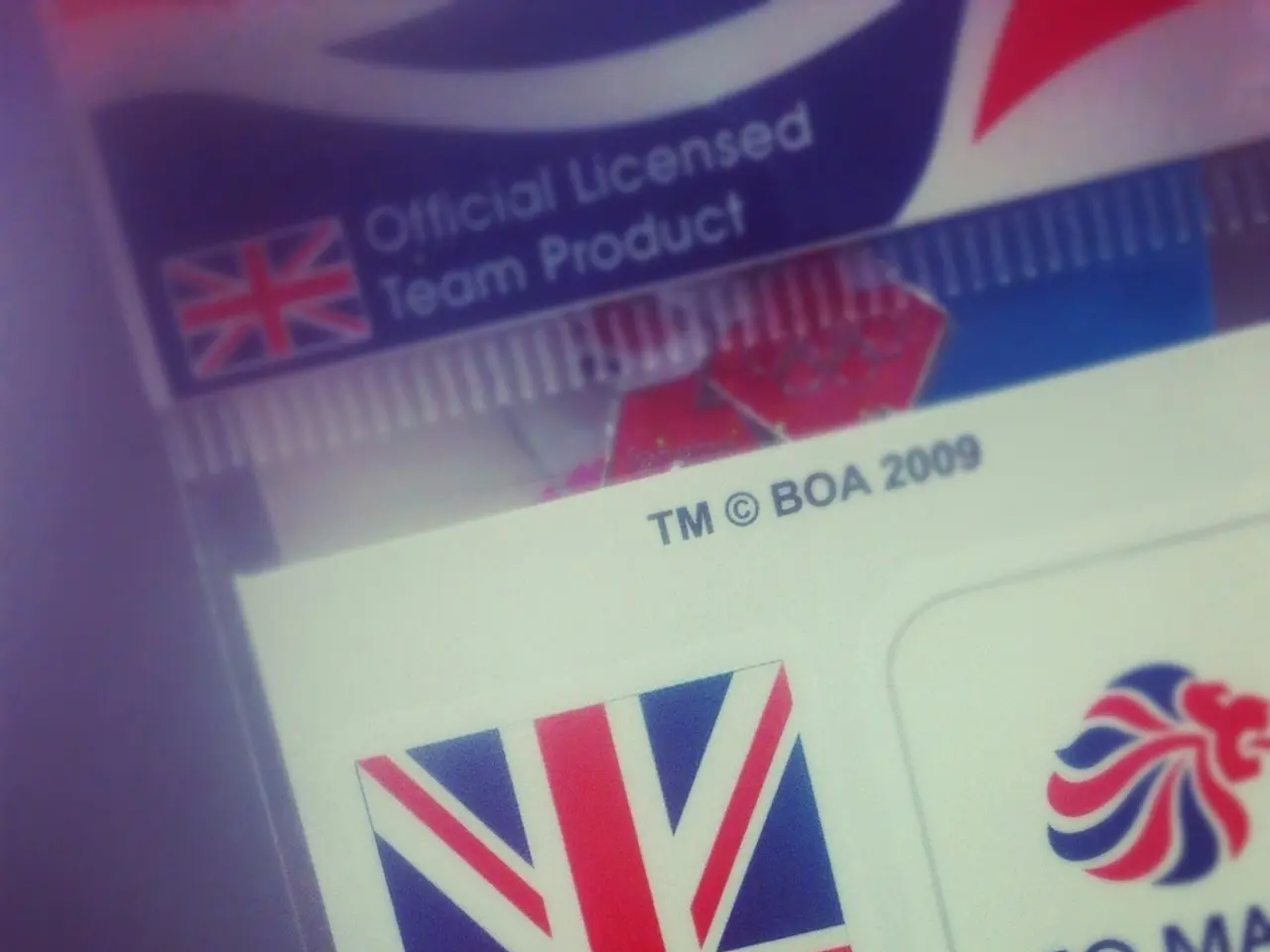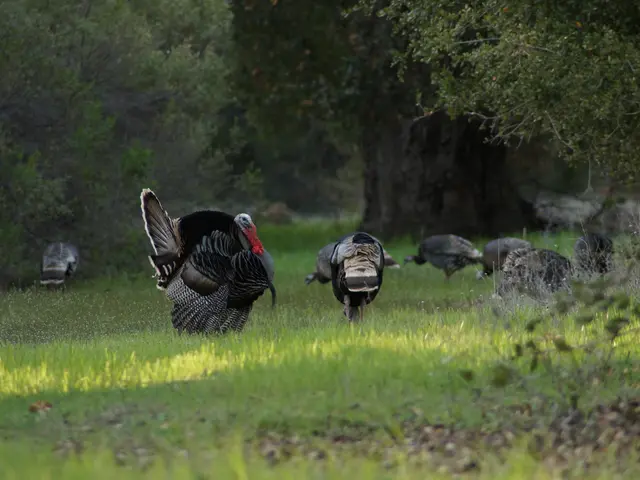I-20 Tragedy: Questions Raising Safety Concerns at Hope Trans LLC, Sparking Calls for Immediate FMCSA Intervention Due to Repeated Safety Violations
The Federal Motor Carrier Safety Administration (FMCSA) has come under scrutiny following a fatal crash involving Hope Trans LLC, a USPS contractor. The incident, which occurred on Interstate 20 near Terrell, Texas on June 28, 2025, claimed five lives.
Historically, the FMCSA has used its Imminent Hazard authority under 49 CFR Part 386 to swiftly remove acute risks from the road when motor carriers or drivers pose clear and immediate threats to public safety. Although specific historical precedent cases like Hope Trans LLC are not detailed in the available search results, the general regulatory framework and enforcement practices offer context on how FMCSA exercises this authority.
Historical precedent and regulatory basis:
- 49 CFR Part 386, especially sections like §386.73, lays out procedures for declaring operations or drivers out of service when there is an imminent hazard.
- “Imminent hazard” is defined as any condition likely to result in serious injury or death imminently if not corrected.
- FMCSA can issue immediate out-of-service orders or driver disqualifications without prior notice when such hazards are identified.
- This authority has been used in various enforcement actions targeting unsafe vehicles, non-compliant carriers, or driver behaviors (e.g., impaired operation, recurrent serious violations).
The Hope Trans LLC crash:
- The driver, Alexis Osmani Gonzalez-Companioni, allegedly fell asleep and did not apply the brakes before the impact.
- The crash resulted in five fatalities, which is a higher number than in comparable or less egregious circumstances where FMCSA has deployed imminent hazard orders.
- Post-crash inspections revealed fresh violations, including no proof of periodic inspection, tire defects, failure to correct prior defects, brake system defects, no ELD duty status records, speeding, and false HOS records.
- The crash also revealed a wider pattern of hours-of-service (HOS) falsification, maintenance neglect, paperwork irregularities, and a forgery indictment tied to vehicle registration.
Recommended actions for FMCSA, USPS, Congress, insurers, and industry partners in such situations usually include:
- FMCSA:
- Prompt investigation and use of imminent hazard authority to suspend or remove unsafe vehicles and drivers.
- Tightening oversight through inspection and compliance audits when acute risks are detected.
- Enhancing communication with stakeholders about risk factors and compliance requirements.
- USPS (or equivalent stakeholders managing fleets):
- Implement rigorous contractor and carrier vetting processes.
- Collaborate proactively with FMCSA on risk identification.
- Improve contractor safety standards to prevent recurrence of acute risk situations.
- Congress:
- Ensure FMCSA has adequate authority and resources to act swiftly on imminent hazards.
- Support legislative updates reinforcing enforcement mechanisms for acute risk mitigation.
- Insurers:
- Tighten underwriting standards reflecting risk profiles based on FMCSA findings or imminent hazard cases.
- Work cooperatively with carriers to promote safety improvements to reduce risk exposure.
- Other industry partners:
- Foster industry best practices and data sharing to identify and mitigate risks collaboratively.
- Engage in education and outreach focused on imminent hazard recognition and prevention.
Due to the limited explicit case references in the search results, this overview synthesizes the regulatory framework and common recommended actions based on FMCSA’s known imminent hazard authority and industry safety protocols. For detailed historical cases and specific recommendations related to Hope Trans LLC, reviewing FMCSA enforcement bulletins, public records, or Agency announcements would provide more precise examples.
In addition, it is worth noting that Hope Trans has a history of repeated safety control failures, with 12 reportable crashes since 2021, 297 inspections in four years, and high equipment and driver out-of-service rates. Furthermore, the owner of Hope Trans has been associated with another carrier whose authority was revoked and whose address was tied to the back of a church, another risk indicator.
Given these circumstances, FMCSA should open an Imminent Hazard case now, require independent audits of safety management controls, and flag potential chameleon-carrier affiliations. Allowing a high-risk carrier to continue operating after a mass-fatality crash and new violations has consequences, including increased public safety risk, moral hazard, market distortion, and institutional trust issues.
Congress and State Partners should consider targeted amendments to permit expedited insurance termination upon an FMCSA Imminent Hazard finding, provide FMCSA with additional resources for PPOB verification, identity analytics, and chameleon-carrier detection technologies, and consider providing FMCSA with additional resources.
Insurers should embed FMCSA SMS signals and post-crash findings into underwriting and mid-term review models, and coordinate with regulators to establish transparent triggers while preserving legal due process. USPS should implement real-time team-driver verification for 500+ mile routes, integrate contractor and subcontractor rosters with FMCSA compliance feeds, and update HCR contracts to include enforceable penalties and termination triggers for safety violations.
- In light of the history of safety control failures by Hope Trans LLC, highlighted by their repeated crashes and high out-of-service rates, the Federal Motor Carrier Safety Administration (FMCSA) would be well-advised to take immediate action by opening an Imminent Hazard case for further investigation and enforcement.
- Given the alarming number of fatalities in the Hope Trans LLC crash and the subsequent revelation of widespread safety violations, it is essential for general-news outlets to report on the ongoing implications in politics, as well as the potential impact on crime-and-justice, accidents, and sports industries, given their reliance on safe transportation services for operations.







